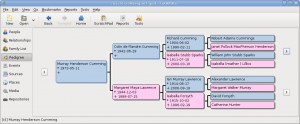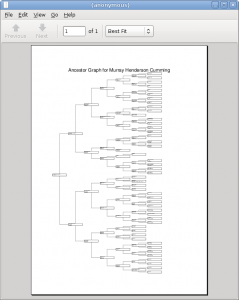I have released Glom 1.8, with many new features and bug fixes. We have not yet fully completed some of the new features, and the refactoring may have introduced regressions that we must fix in 1.8.x releases, but we need to get it all out into the world and move on to Glom 1.10, including porting to libgda-4.0.
We have probably missed the schedule for getting Glom 1.8 into Ubuntu Intrepid so I’ll create some PPA packages when Intrepid is released.
Useful new stuff in Glom 1.8:
Network sharing
As you can see in the new initial dialog, you can now choose to open a Glom system from the network, if a colleague is already running it. This is much easier than getting access to the actual .glom file on a shared network drive.
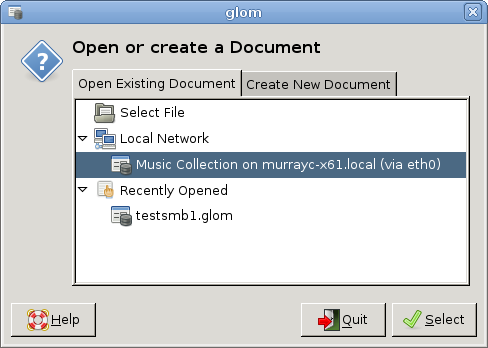
This uses the new libepc (Easy Publish and Consume) library, developed by Mathias Hasselmann, using avahi and libsoup. There’s a chance we might use telepathy in the future.
Armin implemented the new dialog, and I implemented the load-from-network code using libepc.
Import
You can now import CSV (comma-separated) data in to the current table. The assistant helps you to choose the field mapping, showing you sample data for the first few rows.
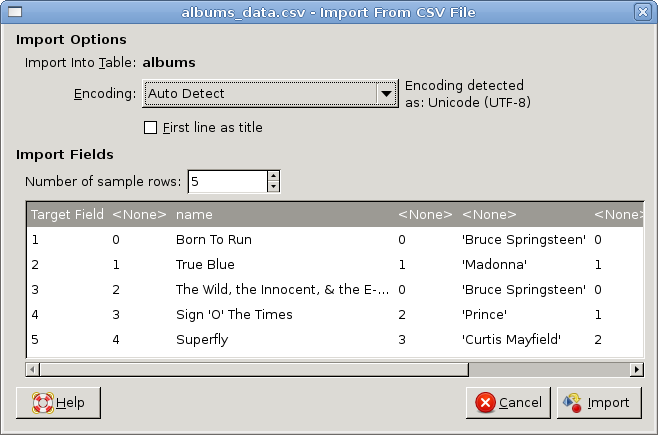
Johannes implemented this.
Drag and drop layout
You can now drag items from the toolbar (hidden by default) onto the details layout, and you can drag items within the layout. The automatic layout reflows as you do this.
Yes, we know that the dotted lines are particularly ugly, but I don’t yet know of a better way to show the limits of the columned boxes and items, which may be inside each other. Mockups would be welcome.
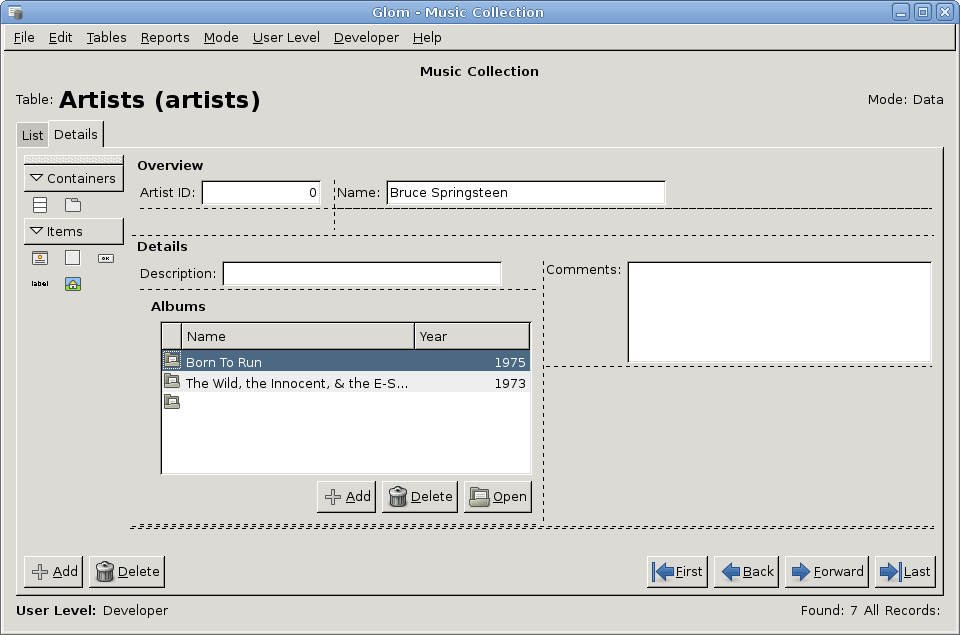
Johannes implemented this. It was a huge job and he’s probably glad to be doing some other things now. This uses the EggToolPallette toolbar, developed by Mathias and Jan Arne, that we hope to get into GTK+ eventually.
Print Layout
This is very primitive right now, but you get the idea. Unlike the on-screen layout, this uses precise positioning. That allows you, for instance, to print in the correct places on a pre-printed form.
Most importantly, we need to add some way for fields (particularly lists of related records) to flow into each other, maybe using allowing them to be special objects in text blocks.
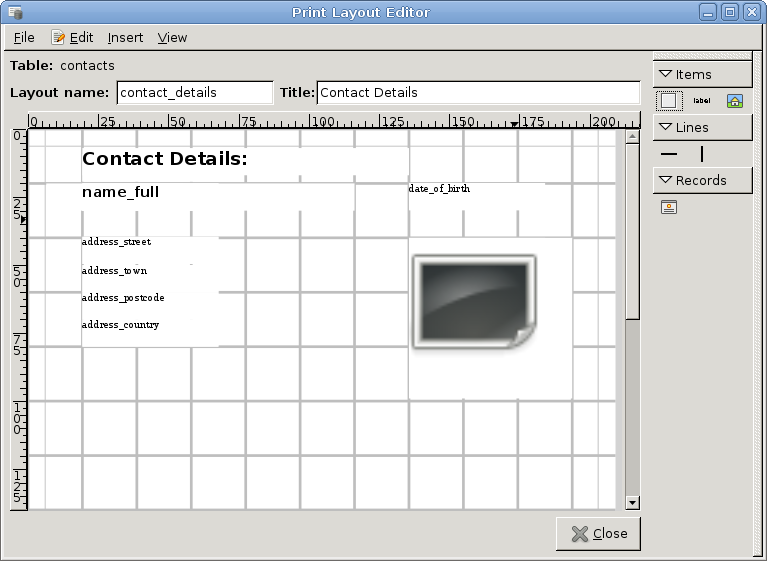
I implemented this, if you can call it implemented. I used goocanvas (via the goocanvasmm C++ bindings). I also rewrote the Relationships Overview using goocanvasmm. It also uses the EggToolPallete. I guess we should move it to the left to be consistent with the regular layout toolbar.
Windows Installer
Armin built Glom and its dependencies (apart from Avahi) on Windows and created an experimental installer.
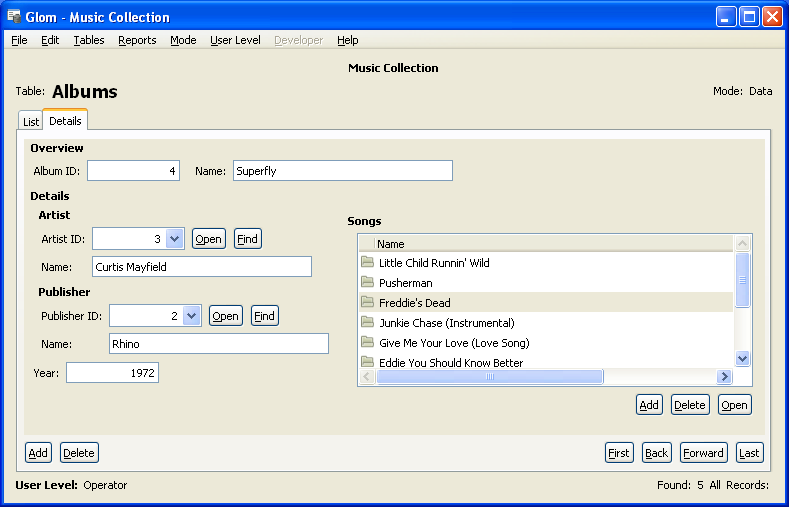
Armin and Johannes also updated Glom’s client-only Maemo build.
What’s next
We need to finish the print layout and drag-and-drop features, and port to libgda-4.0.
I also want add a platform-specific alternative layout option, so one .glom file can have large layouts for regular PCs and small layouts for Maemo, for instance. I’ll probably get around to doing that for 1.10. On Maemo, I also want us to use the new UI elements in Maemo 5, if the Maemo SDK is released.


